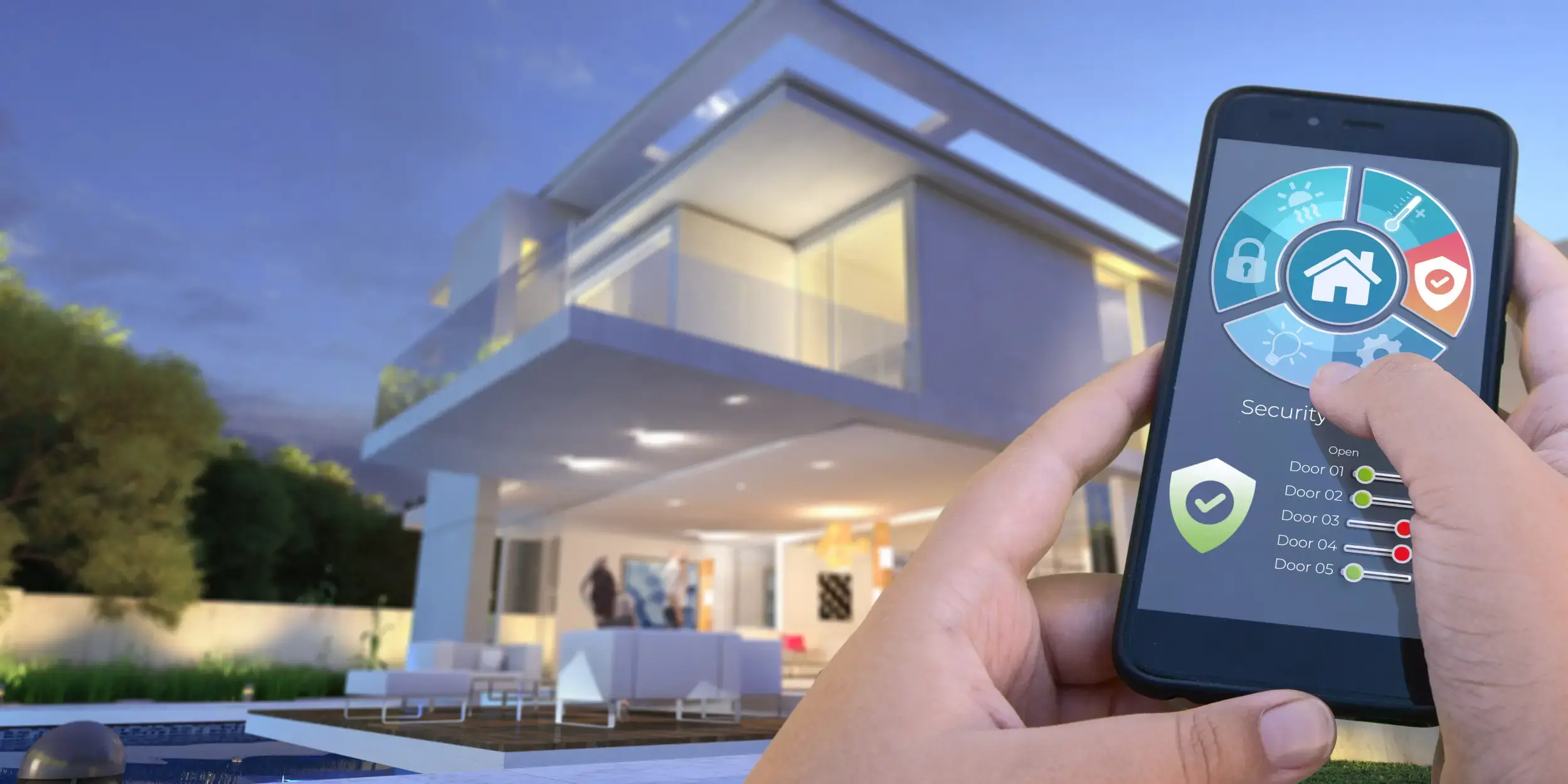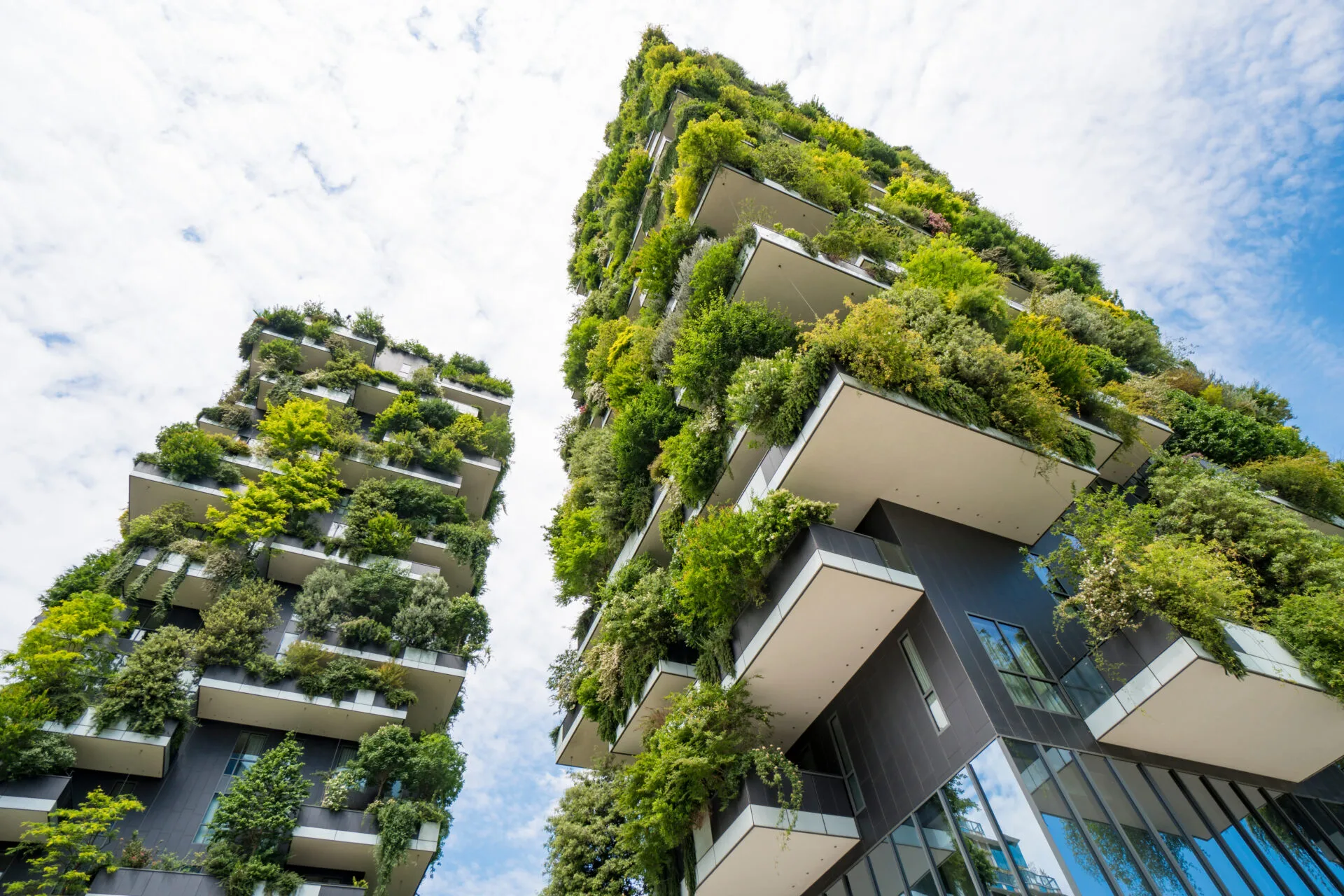The concept of smart homes has evolved from a futuristic vision to a tangible reality, revolutionizing the real estate industry. Smart homes, equipped with advanced automation systems, provide unparalleled convenience, security, and energy efficiency. As technology continues to advance, the integration of smart home features is becoming increasingly prevalent, influencing buying decisions and reshaping the future of real estate. This article explores the development, features, benefits, and future trends of smart homes, highlighting their impact on the real estate market.
Contents
The Evolution of Smart Homes
Historical Perspective
The journey of smart homes began with the advent of basic home automation systems in the late 20th century. Early innovations included programmable thermostats and simple security systems. However, the concept truly gained momentum with the rise of the Internet of Things (IoT) and the proliferation of connected devices.
Technological Advancements
Several key technological advancements have driven the evolution of smart homes:
Internet of Things (IoT): IoT enables devices to communicate with each other and be controlled remotely. This technology forms the backbone of smart home systems.
Artificial Intelligence (AI) and Machine Learning (ML): AI and ML algorithms enhance the functionality of smart home devices by learning user preferences and automating tasks.
Voice Assistants: The introduction of voice assistants like Amazon Alexa, Google Assistant, and Apple’s Siri has made it easier for users to interact with their smart home systems.
Wireless Communication: Advances in wireless communication technologies, such as Wi-Fi, Zigbee, and Z-Wave, have facilitated seamless connectivity between devices.
Key Features of Smart Homes
1. Home Automation Systems
Centralized Control
Home automation systems provide centralized control over various aspects of the home, including lighting, climate, security, and entertainment. These systems can be managed through smartphones, tablets, or voice commands.
Scheduling and Automation
Users can schedule tasks and automate routines, such as turning off lights at bedtime or adjusting the thermostat when leaving for work. This not only enhances convenience but also improves energy efficiency.
2. Smart Lighting
Energy Efficiency
Smart lighting systems use energy-efficient LED bulbs and allow users to control the lighting remotely. These systems can adjust brightness based on natural light levels and occupancy, reducing energy consumption.
Customization and Ambiance
Smart lighting enables users to customize the ambiance of their homes with adjustable colors and intensity. This feature is particularly popular in creating mood lighting for different occasions.
3. Smart Thermostats
Climate Control
Smart thermostats provide precise control over home heating and cooling systems. They learn user preferences and adjust temperature settings to maximize comfort and energy savings.
Remote Access
Users can control their thermostats remotely, allowing them to adjust settings while away from home. This feature is especially useful for maintaining optimal temperatures and reducing energy waste.
4. Smart Security Systems
Enhanced Security
Smart security systems include features such as surveillance cameras, motion sensors, and smart locks. These systems provide real-time monitoring and alerts, enhancing home security.
Remote Monitoring
Homeowners can monitor their properties remotely through smartphone apps, receiving notifications of suspicious activities and enabling quick responses to potential threats.
5. Smart Appliances
Efficiency and Convenience
Smart appliances, such as refrigerators, washing machines, and ovens, offer enhanced efficiency and convenience. These appliances can be controlled remotely and provide notifications for maintenance and updates.
Integration with Home Systems
Smart appliances can be integrated with other home systems, allowing for seamless coordination. For example, a smart refrigerator can notify the homeowner when groceries are running low and even place orders automatically.
Benefits of Smart Homes
1. Convenience and Comfort
Simplified Living
Smart homes simplify daily routines by automating tasks and providing centralized control. Users can manage multiple functions with ease, enhancing overall convenience.
Personalized Experiences
AI and ML technologies enable smart homes to learn user preferences and create personalized experiences. From adjusting lighting to playing favorite music, smart homes cater to individual needs.
2. Energy Efficiency and Sustainability
Reduced Energy Consumption
Smart home systems optimize energy usage, reducing waste and lowering utility bills. Features such as smart thermostats and lighting systems contribute to significant energy savings.
Sustainable Living
Smart homes promote sustainable living by minimizing the environmental impact. Energy-efficient appliances and systems contribute to a greener lifestyle.
3. Enhanced Security
Real-Time Monitoring
Smart security systems offer real-time monitoring and alerts, providing peace of mind to homeowners. Advanced features, such as facial recognition and motion detection, enhance security measures.
Remote Access and Control
The ability to monitor and control security systems remotely ensures that homeowners can respond promptly to any security concerns, even when they are away from home.
4. Increased Property Value
Market Appeal
The integration of smart home features increases the appeal of properties in the real estate market. Buyers are willing to pay a premium for homes equipped with advanced automation systems.
Future-Proof Investment
Investing in smart home technology future-proofs properties, making them more attractive to tech-savvy buyers and ensuring long-term value.
5. Health and Wellness
Air Quality Monitoring
Smart homes can monitor indoor air quality, detecting pollutants and allergens. This feature is particularly beneficial for individuals with respiratory conditions or allergies.
Smart Health Devices
Integration with smart health devices, such as fitness trackers and health monitors, promotes a healthy lifestyle. These devices provide valuable insights into physical activity and overall well-being.
Challenges and Considerations
1. Cost and Affordability
Initial Investment
The initial cost of installing smart home systems can be high, deterring some homeowners. However, the long-term benefits in terms of energy savings and convenience often outweigh the initial investment.
Ongoing Maintenance
Smart home systems require regular maintenance and updates to ensure optimal performance. Homeowners must be prepared for potential ongoing costs.
2. Privacy and Security Concerns
Data Privacy
The collection and storage of personal data by smart home devices raise privacy concerns. Ensuring data security and compliance with regulations is essential to protect user information.
Cybersecurity Threats
Smart homes are vulnerable to cybersecurity threats, such as hacking and unauthorized access. Robust security measures and regular updates are necessary to safeguard smart home systems.
3. Compatibility and Integration
Device Compatibility
Ensuring compatibility between different smart home devices and systems can be challenging. Homeowners must choose compatible products and may require professional assistance for seamless integration.
Interoperability
The lack of standardization in smart home technology can lead to interoperability issues. Efforts are being made to establish universal standards, but this remains an ongoing challenge.
4. User Adoption and Learning Curve
Technological Literacy
The complexity of smart home systems may pose a barrier to adoption for individuals with limited technological literacy. User-friendly interfaces and educational resources are essential to facilitate adoption.
Learning Curve
Homeowners may face a learning curve when using new smart home technologies. Support and training can help users maximize the benefits of their smart home systems.
Future Trends in Smart Homes
1. AI and Machine Learning Integration
Predictive Automation
The integration of AI and ML will enhance predictive automation, allowing smart homes to anticipate user needs and preferences. This will further simplify daily routines and improve efficiency.
Voice and Gesture Control
Advancements in voice and gesture recognition technology will provide more intuitive and seamless control of smart home systems. This will enhance user experiences and accessibility.
2. Expanded IoT Ecosystem
Interconnected Devices
The IoT ecosystem will continue to expand, with more interconnected devices and systems. This will enable greater integration and coordination within smart homes, providing a holistic and cohesive experience.
Smart Cities and Communities
Smart homes will play a crucial role in the development of smart cities and communities. Integration with broader smart infrastructure, such as energy grids and transportation systems, will enhance urban living.
3. Enhanced Security and Privacy Measures
Advanced Encryption and Authentication
Future smart home systems will incorporate advanced encryption and authentication measures to protect against cybersecurity threats. This will ensure the security and privacy of user data.
Regulatory Compliance
Stricter regulations and standards will be implemented to safeguard data privacy and security. Compliance with these regulations will be essential for the widespread adoption of smart home technology.
4. Sustainable and Green Technologies
Energy Management Systems
Smart homes will incorporate advanced energy management systems that optimize energy usage and reduce carbon footprints. Integration with renewable energy sources, such as solar panels, will promote sustainable living.
Smart Water Management
Future smart homes will feature smart water management systems that monitor usage and detect leaks, conserving water and reducing waste.
5. Health and Wellness Innovations
Telehealth Integration
Smart homes will integrate with telehealth services, providing remote healthcare monitoring and consultations. This will enhance healthcare accessibility and convenience for residents.
Wellness-Oriented Features
Smart homes will incorporate wellness-oriented features, such as circadian lighting and air purification systems, to promote overall health and well-being.
The rise of smart homes represents a transformative shift in the real estate industry. These technologically advanced homes offer numerous benefits, including convenience, energy efficiency, enhanced security, and increased property value. As technology continues to evolve, the integration of AI, IoT, and sustainable practices will further enhance the capabilities of smart homes, shaping the future of real estate.
While challenges related to cost, privacy, compatibility, and user adoption exist, ongoing advancements and innovations are addressing these concerns. The future of smart homes is promising, with trends such as predictive automation, expanded IoT ecosystems, enhanced security measures, and sustainable technologies leading the way.
As smart homes become more prevalent, they will play a crucial role in improving the quality of life for homeowners, promoting sustainable living, and contributing to the development of smart cities. Embracing these advancements will not only enhance the real estate market but also create a more connected, efficient, and sustainable world.


